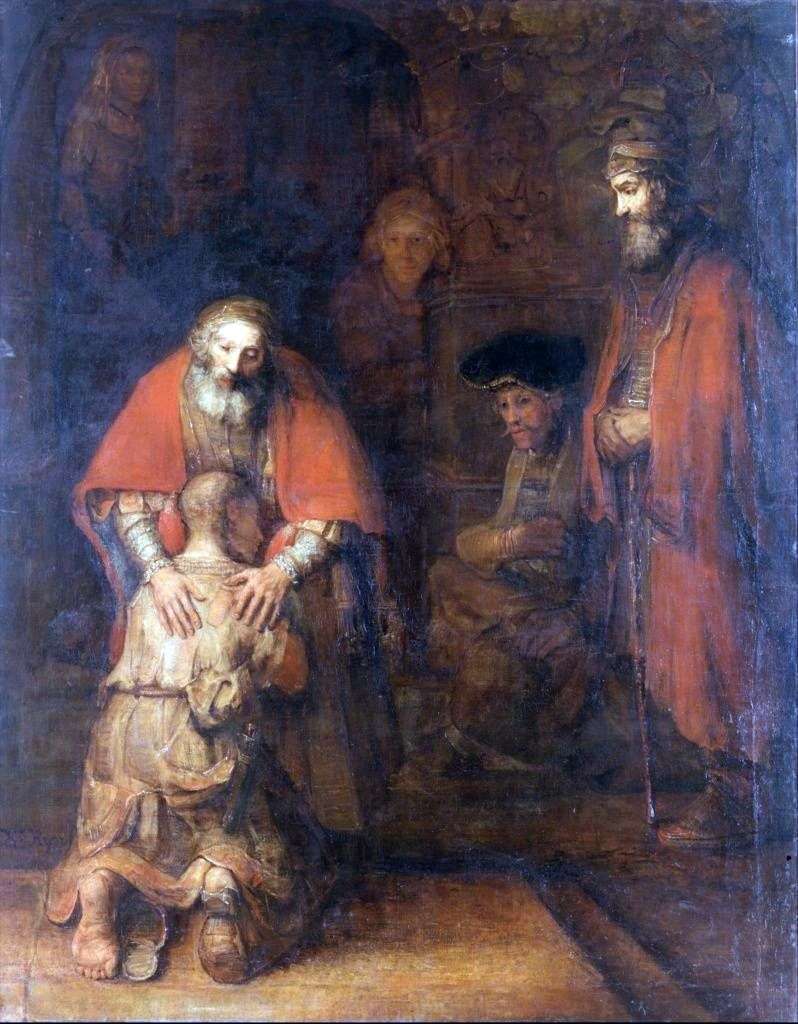
Painting of the Dutch painter Rembrandt van Rijn “Return of the Prodigal Son”. The size of the painting is 262 x 205 cm, oil on canvas. From the Paris collection of the Duke Antoine d’Anseziune in 1766. Rembrandt’s repeated use of engraving, drawing and painting in the parable of the prodigal son is at the center of that understanding of humanity, which is embodied in the spirit of the Sermon on the Mount, with its poetic dialectic of sin and repentance, confidence and salutary love for one’s neighbor, with its anti-dogmatic, effectively bursting in life, truly creative solidarity.
It is therefore not surprising that this parable has become the closest theme of Rembrandt. This picture, undoubtedly crowning his later creativity and aspirations, about the penitential return of his son, about the unselfish forgiveness of his father, clearly and convincingly exposes the deep humanity of the narrative. .
The picture is dominated by “only one figure – the father depicted in the face, with a wide, blessing gesture of hands, which he almost symmetrically puts on his son’s shoulders. one could pour out in bronze. Nowhere with such a feeling did the unifying human power of monumental forms show up. odmyvaemaya powerful stream of humanity poured out on this, it seems, is so firmly welded unit.
From the noble head of the father, from his precious attire, our gaze goes down to his son’s shorn, criminal skull, to his rags hanging randomly on his body, to the soles of his feet, defiantly facing the viewer, blocking his gaze… The group is tilting at its top. A father who lays his hands on his son’s dirty shirt, as if he is performing a sacred ordinance, shocked by the depth of feeling, he must hold on to his son as well as hold him…
Minor figures of brothers and sisters are also present in the picture, but do not take any part in the action. They are only on the frontier of what is happening, only enchanted dumb witnesses, only the surrounding disappearing world… ” in “Jewish Bride,” inimitably united form and spirit.
Everything here is truly and highly symbolic: block-like and at the same time internally unstable, iridescent from one element into another unity of father and son figures, rhombic, framing the head of a son’s head with diamond hands, probing the gesture of hands, this indispensable human body. “All that these hands have experienced is joy, suffering, hope and fear, all that they have created or destroyed, that they loved or hated, all this is expressed in this silent embrace.” And finally, this comprehensive, full of consolation and forgiveness is the red color of the cloak, the resonant core of Rembrandt’s “pledge to humanity”, this dogging trail of selfless, humane soul, this call to action, the red color of hope, a promising light of love.
 Return of the Prodigal Son by Rembrandt van Rijn
Return of the Prodigal Son by Rembrandt van Rijn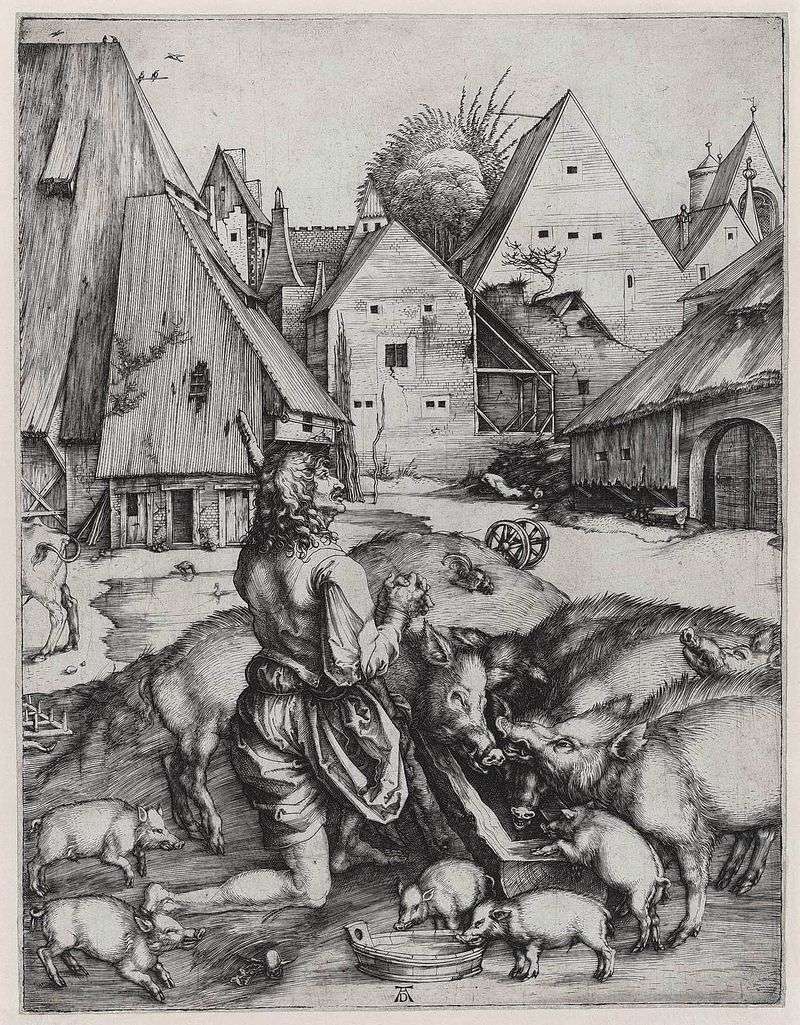 Return of the Prodigal Son by Albrecht Durer
Return of the Prodigal Son by Albrecht Durer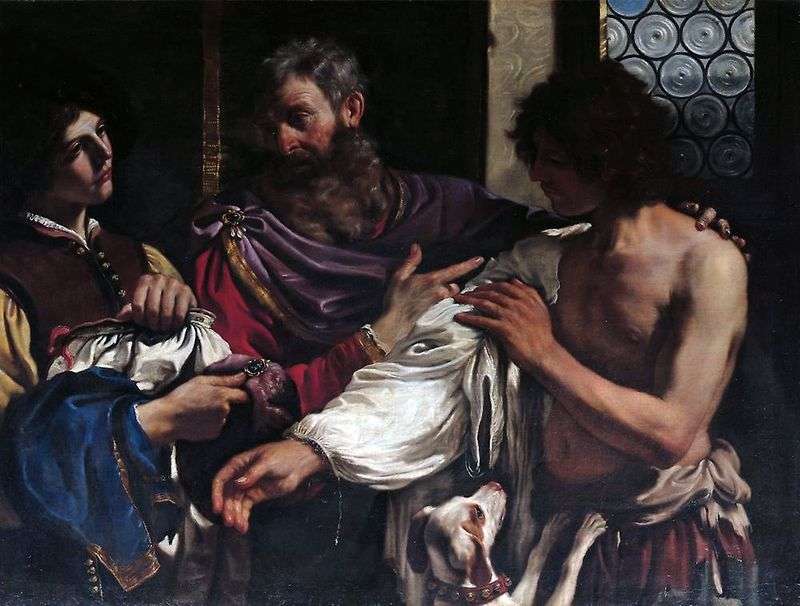 Return of the Prodigal Son by Guercino
Return of the Prodigal Son by Guercino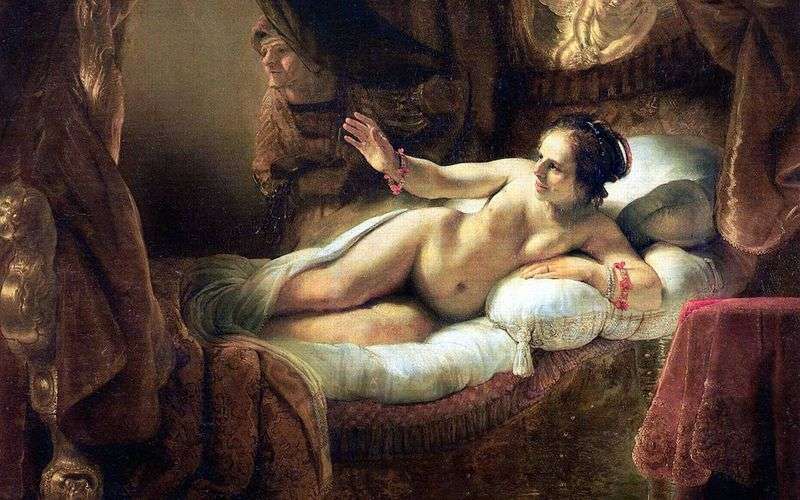 Danae by Rembrandt Harmens Van Rhine
Danae by Rembrandt Harmens Van Rhine The Parable of the Vineyard Workers by Rembrandt Harmens Van Rhine
The Parable of the Vineyard Workers by Rembrandt Harmens Van Rhine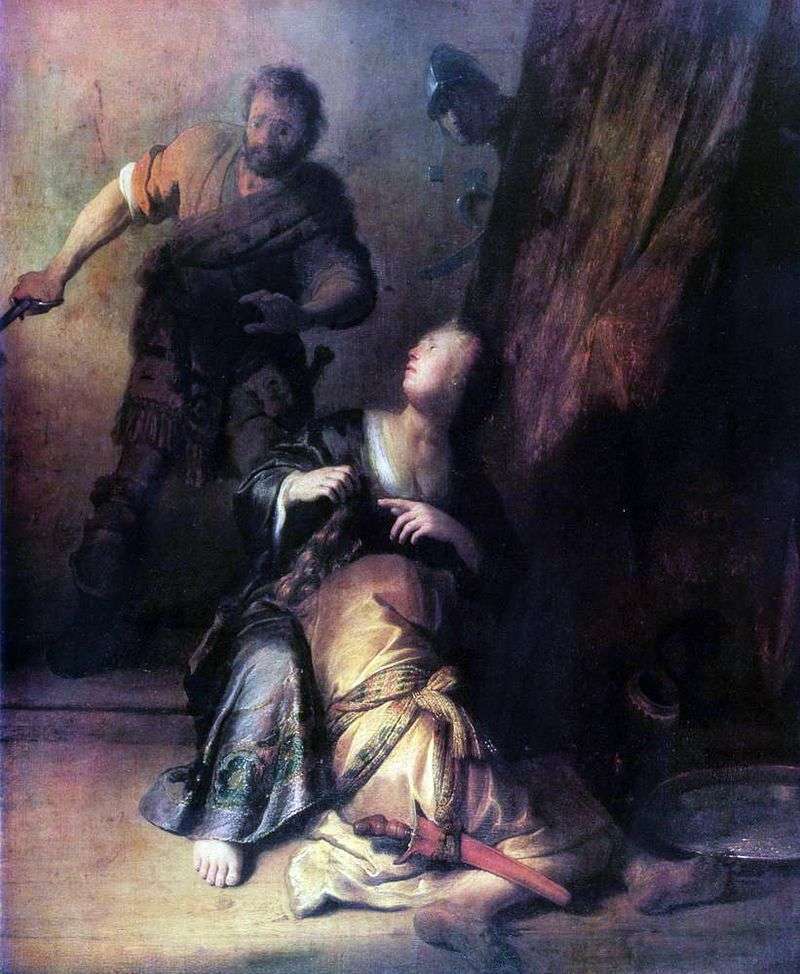 Samson and Delilah by Rembrandt Harmens Van Rhine
Samson and Delilah by Rembrandt Harmens Van Rhine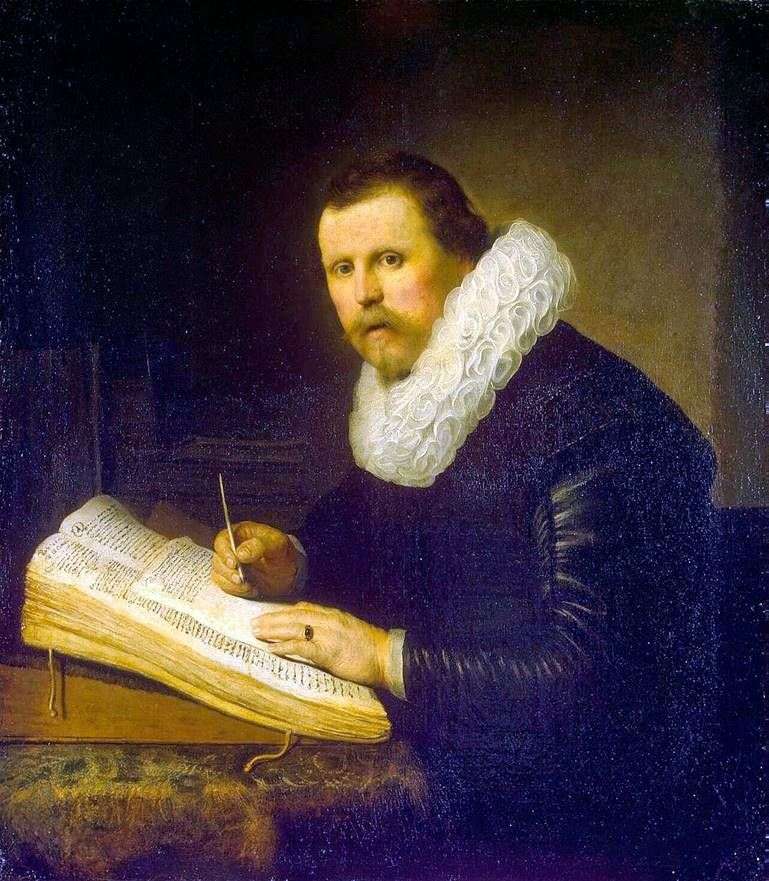 Portrait of a Scientist by Rembrandt Harmens Van Rhine
Portrait of a Scientist by Rembrandt Harmens Van Rhine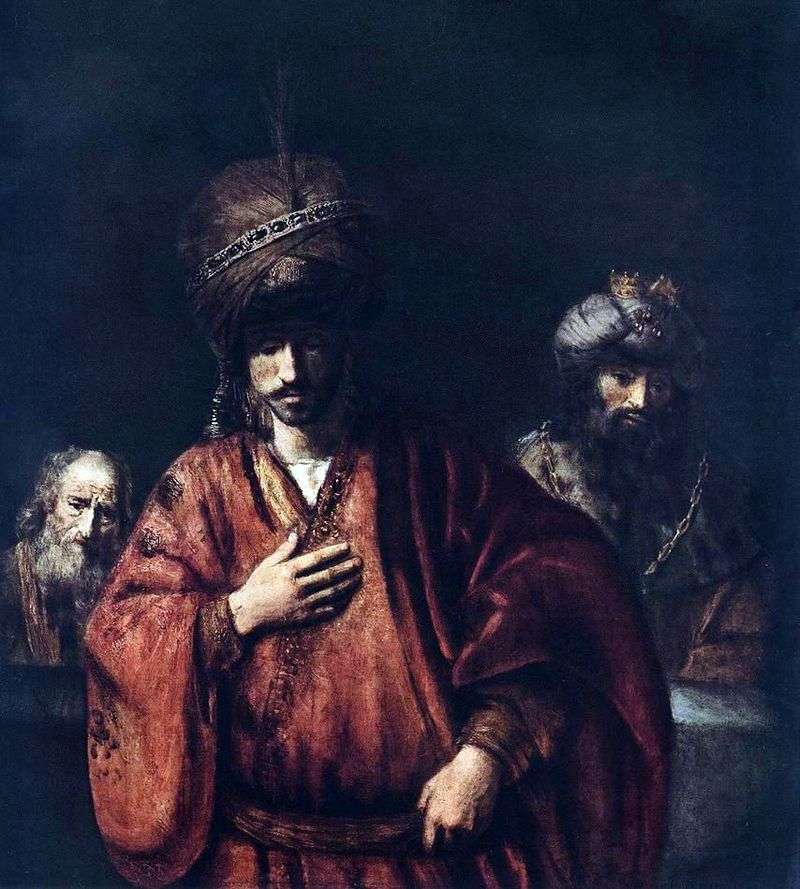 David and Uriah by Rembrandt Harmens Van Rhine
David and Uriah by Rembrandt Harmens Van Rhine